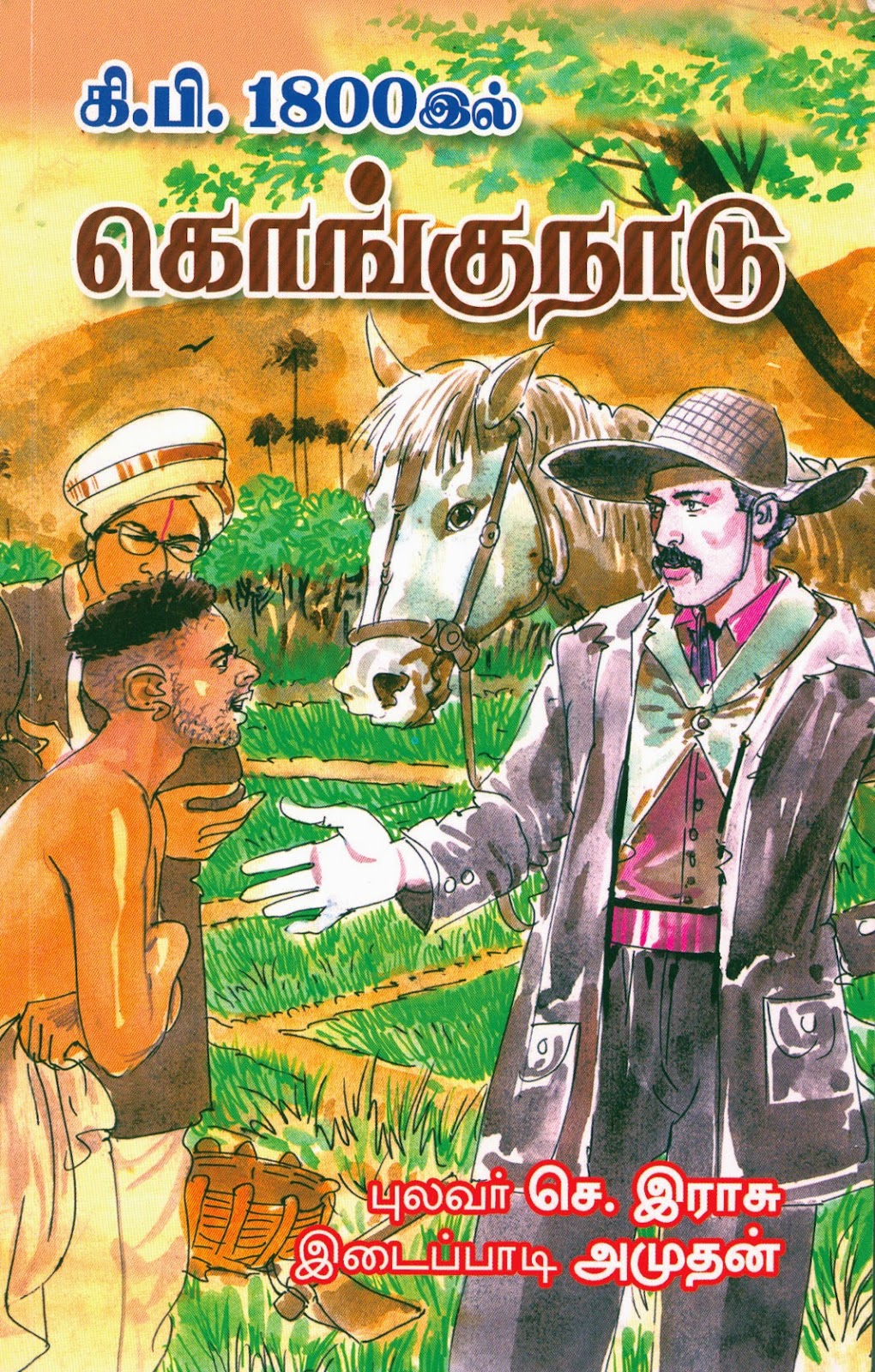Numerous books on the
history of Coimbatore have recorded such scenes from the city’s
glorious past. And in order to bring them to light, Kongu historians Pulavar
Se. Rasu and ‘Idaipadi’ Amuthan have recently penned a book in Tamil,
highlighting the region’s rare historical facts, which the duo collected from
various books, district manuals and gazetteers for years.
Titled as Kongunadu in 1800 A.D, the book throws
light on the social life of the past Kongu region, which the botanist,
geographer and physician Francis Buchanan had documented in his report after
Lord Wellesley, the British Governor General of India, appointed him to conduct
a survey on the Mysore kingdom, following the death of its ruler Tipu Sultan in
1799.
Buchanan’s report was later published into a
book as A Journey from Madras through
Countries of Mysore, Canara and Malabar in three volumes.
 |
| 'Idaipadi' Amuthan |
 | |
| Pulavar Se.Rasu |
“Buchanan’s
documentation on the Kongu region is so vast and accurate that it cannot be
compared even with those of Marco Polo, Huan-Tsuang and Fa Hien on
their travels. Moreover, his survey is broad and deep, as he investigates the
different aspects of the land and people like art, culture, literature weather
and natural history” avers Amuthan, who is a retired Deputy General Manager (Finance)
in the BSNL.
It is surprising to
note from the reports of Buchanan, as he says that Coimbatore had only 2000
houses, when he arrived here in 1800 A.D. Visiting the city’s popular temple of
Patteeswarar in Perur, Buchanan writes that
the God’s abode was called ‘Melai Chidhamparam’ on par with the popular Siva’s
shrine at Chidhamparam near Pondicherry. Speaking on the women, who were temple
dancers, Buchanan writes that most Brahmin men in Coimbatore had the dancer women as their mistresses.
Pulavar Se. Rasu,
Former Head of the Department of Epigraphy and Archeology, Tamil University,
Thanjavur, says:
“I provided all the
valuable works on history including the three volumes of Francis Buchanan’s A Journey from Madras through the Countries
of Mysore, Canara and Malabar to Amuthan and suggested him to write a
comprehensive book in Tamil. Finally, I cleared all his doubts, particularly
place names and proof read the manuscript” adds Rasu, a 75 year old veteran in
Kongu history.
Amuthan says that
Francis Buchanan, after inspired by the architectural beauty of a palace in
Coimbatore, wrote to Fort St. George that it was a jewel of the town and should
be protected from ruins. Amuthan also points out that the Mysore ruler Hyder Ali too loved staying in the
palace.
However, it is sad to
note that the palace ‘Madhe Raja Mahal’ on Raja Street in the city, where a teacher training
school was functioning, was demolished recently.
Link to my article in The New Indian Express: http://epaper.newindianexpress.com/c/3267789

No comments:
Post a Comment